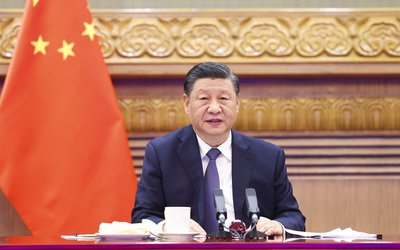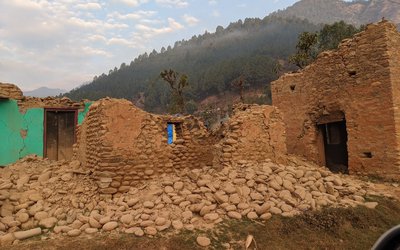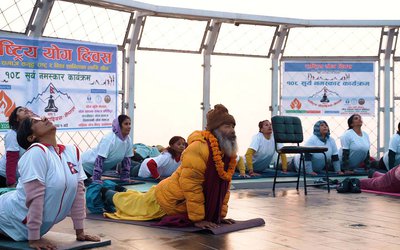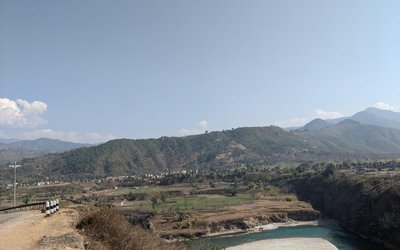
The BJP government completed its two years in power, last month. While Prime Minister (PM) Narendra Modi has faced criticism over slow pace of economic reforms in the two years that he took office, a data released by the Central Statistics Office (CSO) earlier this week, gave the government a strong reason to celebrate. According to the CSO, the Indian economy grew at 7.9 per cent in the fourth quarter of 2015 - 2016 taking the overall GDP growth to a five-year high of 7.6 per cent in the fiscal year 2015 – 2016. With this, India retained its ‘fastest growing economy’ tag, well ahead of its arch-rival China.
The numbers are definitely encouraging. But does the robust growth rate actually mean that PM Modi has lived up to his expectations? Does this really spell swift growth for Asia’s third biggest economy in the days to come?
To start with, the growth rate stands much better in comparison to the 6.6 per cent growth recorded in the last fiscal year Congress was in power. It is also much better than the figures of fellow Asian giant, China, which recorded a seven-year low GDP growth of 6.7 per cent between January and March 2016. Under Modi, inflation is almost half of what it was two years back. The budget deficit has also shrunk to 3.9 per cent of GDP from 4.4 per cent.
Credit for a lot of this goes to Modi. Although service industries like trade, finance and real estate, which have long contributed to the Indian economy, continued to drive annual growth, other sectors like agriculture and manufacturing started recording significant positive growth under Modi. According to the Reserve Bank of India (RBI), India also recorded a substantial improvement in the Foreign Direct Investment (FDI) post the initiation the ‘Make in India’ campaign. In between September 2014 (when the campaign was initiated) to November 2015, gross FDI inflows amounted to $ 62.6 billion, 31 per cent higher than $ 47.6 billion in the preceding 15 months. Increased consumer spending, a result of the pro-growth policy taken by the RBI of keeping the interest rates low, also played a big role in fuelling the economic growth.
But experts say it is not just the PM’s policies which have architected the growth. What has also helped India is the fall in crude oil prices, given that the country is a net importer. Many experts are sceptical about the growth figures, altogether. They have questioned the new technique used by the Indian government to calculate the GDP, saying that the robust growth might, in fact, not be true at all.
The numbers definitely spell optimism. But if India is to achieve sustainable growth and not just stick to ‘high growth for a few years’, as claimed by Modi, it needs to clear the hurdles on its way. One immediate problem it needs to address is the frozen private investment. In addition, it has also been unable to create enough jobs for its emerging workforce. India needs to create 10 million jobs every year to absorb its young population. Instead, according to the Labour Bureau, job growth fell to a six-year low in 2015. A survey conducted by the Bureau showed that in the eight key labour-intensive industries, only 0.1 million jobs were created last year, compared to 0.4 million jobs created in 2014.
Moreover, external factors could also be pivotal. Whizzing past China is definitely a big achievement for India, but according to RBI Chief Raghuram Rajan, a sharp slowdown in the Chinese economy could adversely affect other countries, India included. India needs to be careful about the path to tread on, if in case the situation arises.
- Ukrainian Crisis And The World (Dis)Order
- Apr 22, 2022
- China’s Cautious Steps In The Graveyard Of Empires
- Aug 18, 2021
- Foreign Aid On The Fence!
- Aug 08, 2021
- Communist Party of China centenary celebrations Reading between the lips
- Jul 14, 2021
- Second Wave Of Covid-19 In India: Deadly Blow To The Economy
- Jun 23, 2021
















